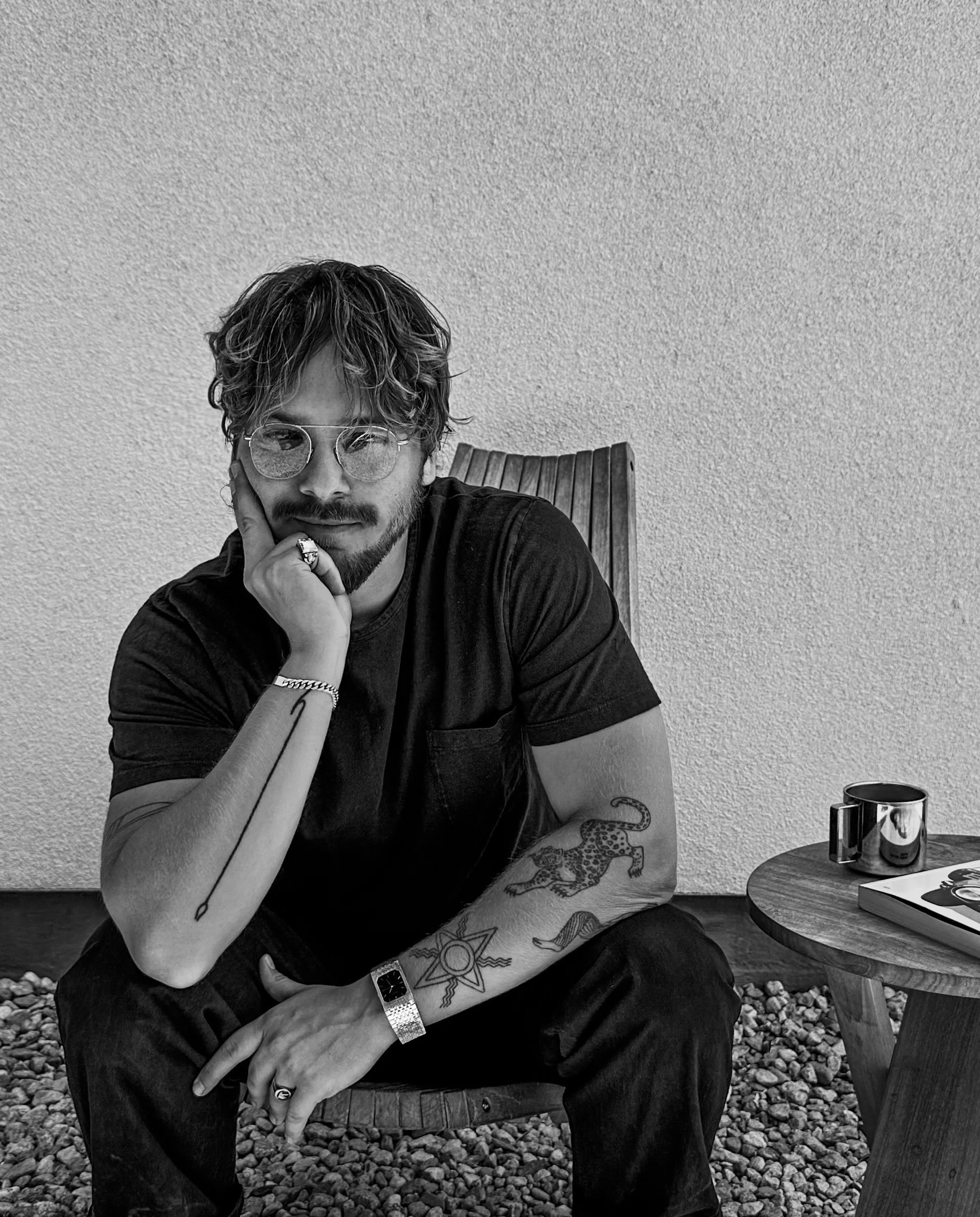My name is Iustin Grancea. Pronounced (you•steen). I was born in a Transylvanian town in Romania called Cluj. At the age of two, my parents and I moved to Hungary, where I attended a British-Magyar pre-school in Budapest. There, English was one of my first languages, alongside Romanian and Hungarian. Unfortunately, I’ve just about forgotten most of the Magyar. Around the age of five, we moved to Los Angeles, where I grew up. Thinking back, moving around, experiencing different customs and languages had a deep impact on my upbringing. It’s also what likely fostered in me, what later developed into a thorough, lifelong fascination with the study of people and the past. After attending high school in the Pacific Palisades, I ended up in the United Kingdom working towards getting a BFA in Professional Acting at the London Academy of Music and Dramatic Art or LAMDA for short. After I returned home, I had the chance to visit The Broad. There, for the first time, I encountered works by Julian Schnabel, Jean-Michel Basquiat, and Cy Twombly. In particular, Julian Schnabel’s plate paintings really captivated me. It sent me down a rabbit hole that led me through his entire repertoire. It was a sensory shock that left a lasting imprint and desire within me that put me on the path to becoming a visual artist.
I frequently get asked about my approach and inspirations. If I am honest, this question can be challenging to answer, but in short, the answer is actually very simple. I believe that if you are perceptive and open, anything can be a potential source of inspiration. Whether it’s a piece of music, an ancient mask, the way your friend is dressed, or how a wave pummels you into the shore. Most ideas come in a flash and are fully formed. The challenge becomes adapting and discovering where the painting wants to go while keeping to the original vision. I have also found that when you feel like you’re hopelessly working on something that seemingly won’t come together, generally that’s when you produce some of your best work. One of the older abstract collections I produced, called the Terran Project, involved mixing soil with acrylic and working it on the canvas into shapes almost sculpturally with the intent of creating topographical features. I got the idea for the Terran Project from watching a documentary by Werner Herzog called Into The Inferno. It’s a brilliant film about volcanism and its impact on human societies throughout the world. It sent me down an unexpected path of experimentation and discovery. That’s the real beauty and being a painter.
As my taste and style have evolved, I find myself drawn to more figurative work and specifically portraiture in the past two years. I still like to mix some elements of abstraction into these. I think the reason for this personal trend is rooted in a deeper fascination with the human form and expression. Some of my figurative works go against the modern trend of nonchalant poses you’d find in everyday life. This is intended because I wanted to create a heightened reality and examine the impact that certain gestures have on our psychology. Almost sculptural or equatable to dancers frozen in motion. Other works, primarily many of the portraits, focus less on the body’s position and more on the subject’s face, with emphasis on the eyes. I want the audience to really feel like they can see what the person has lived.


